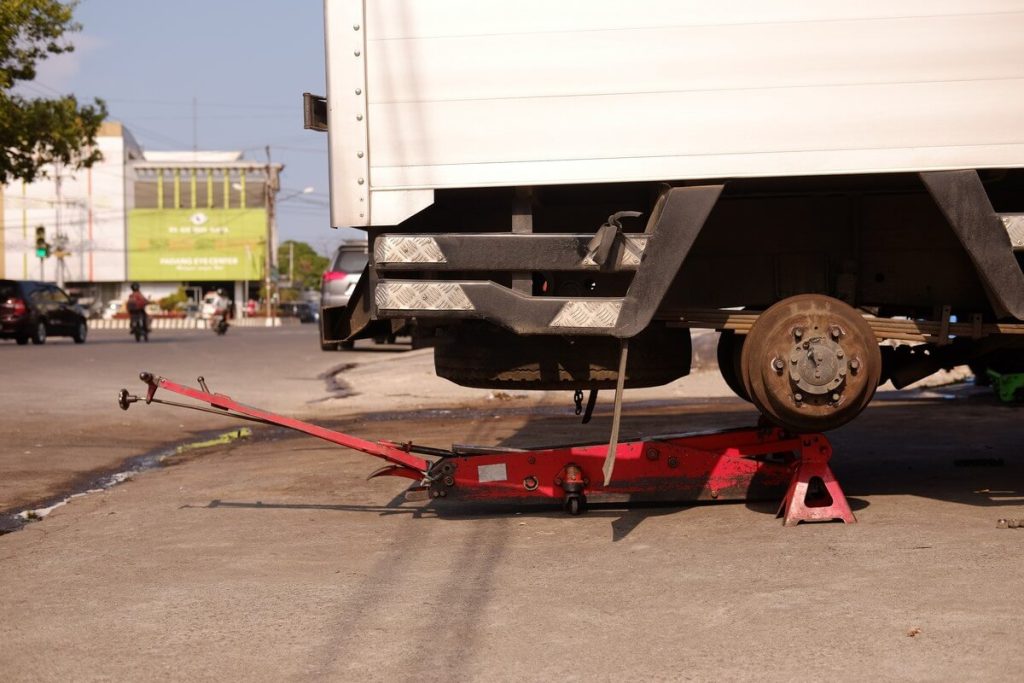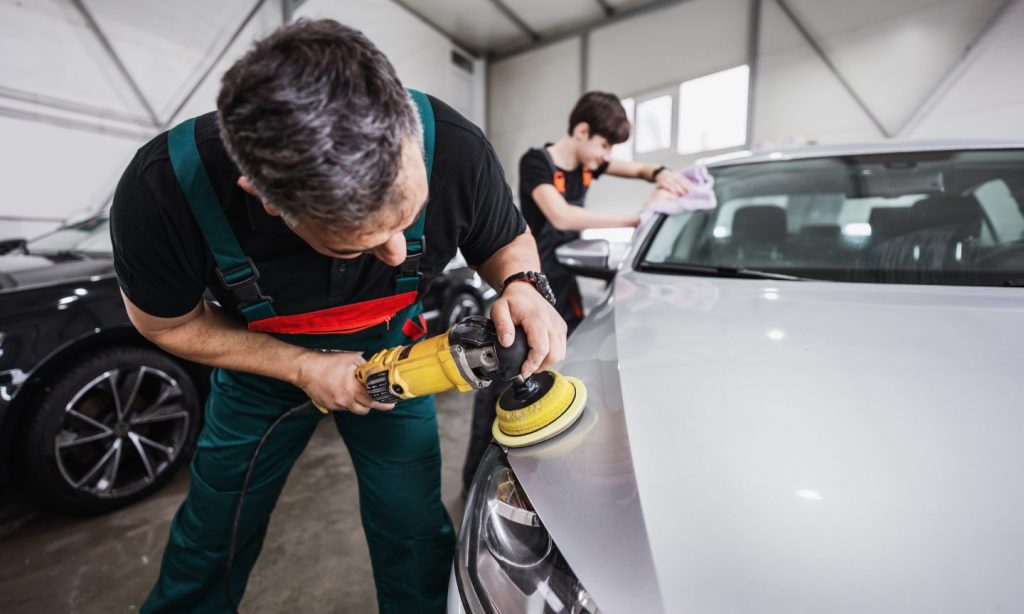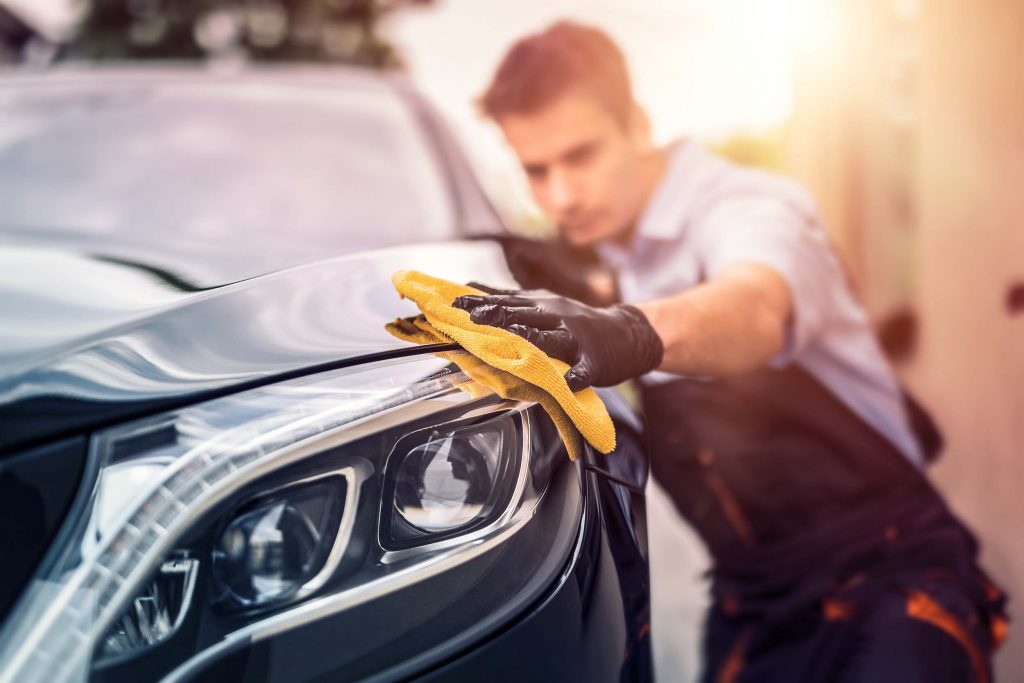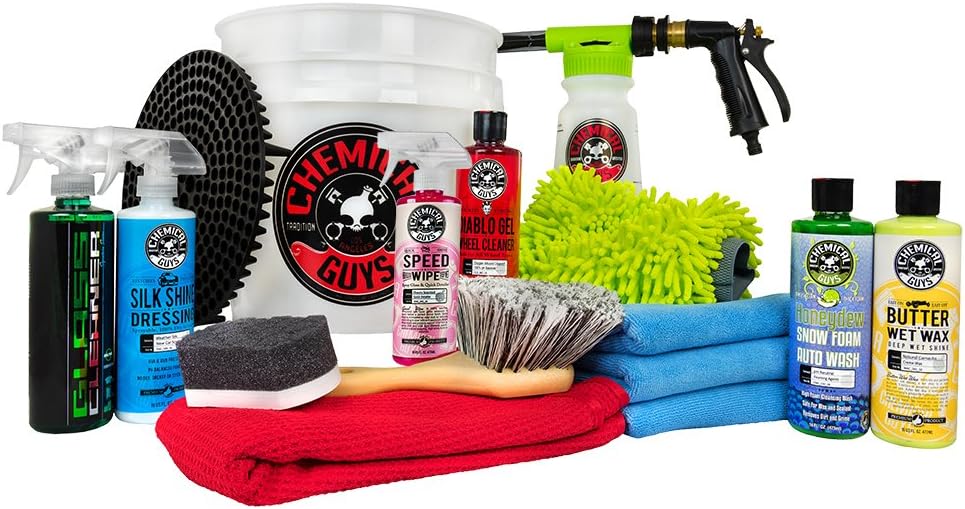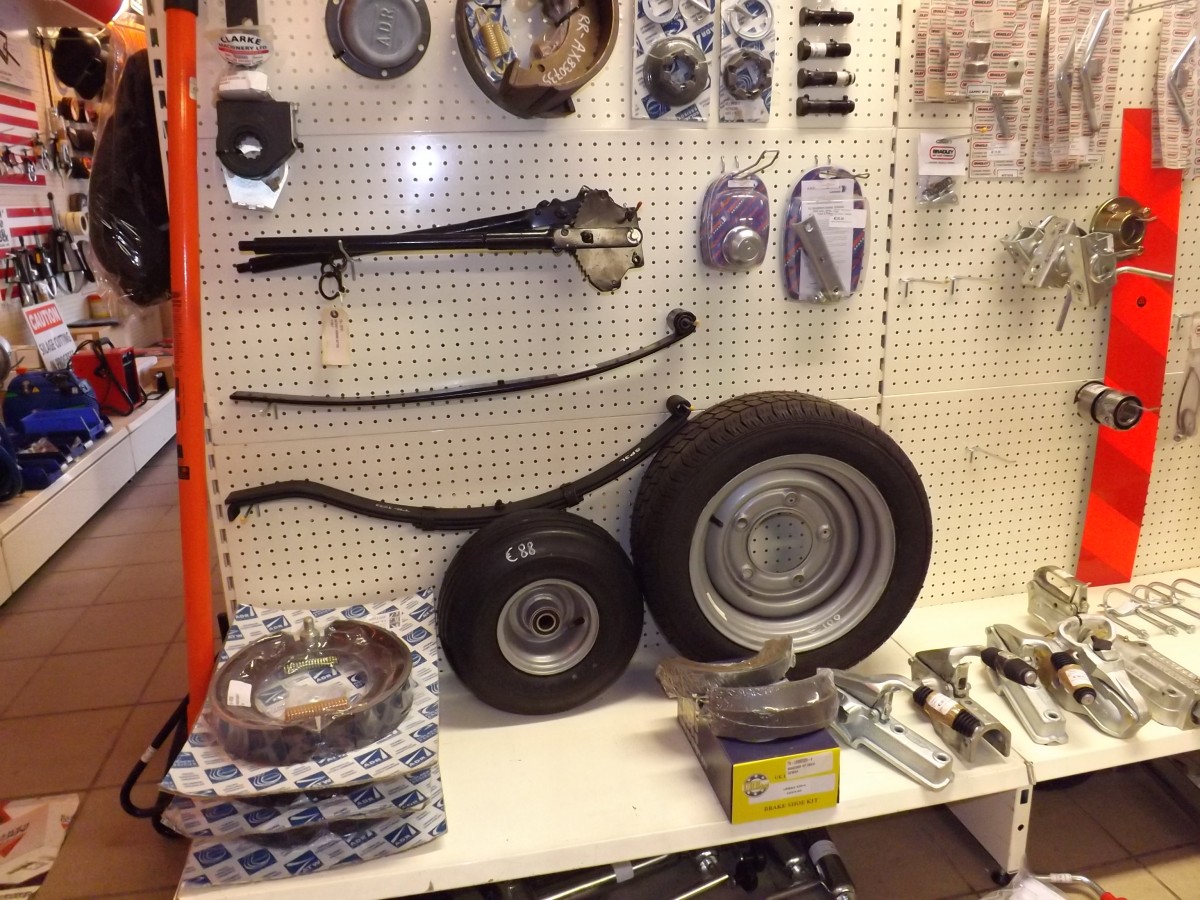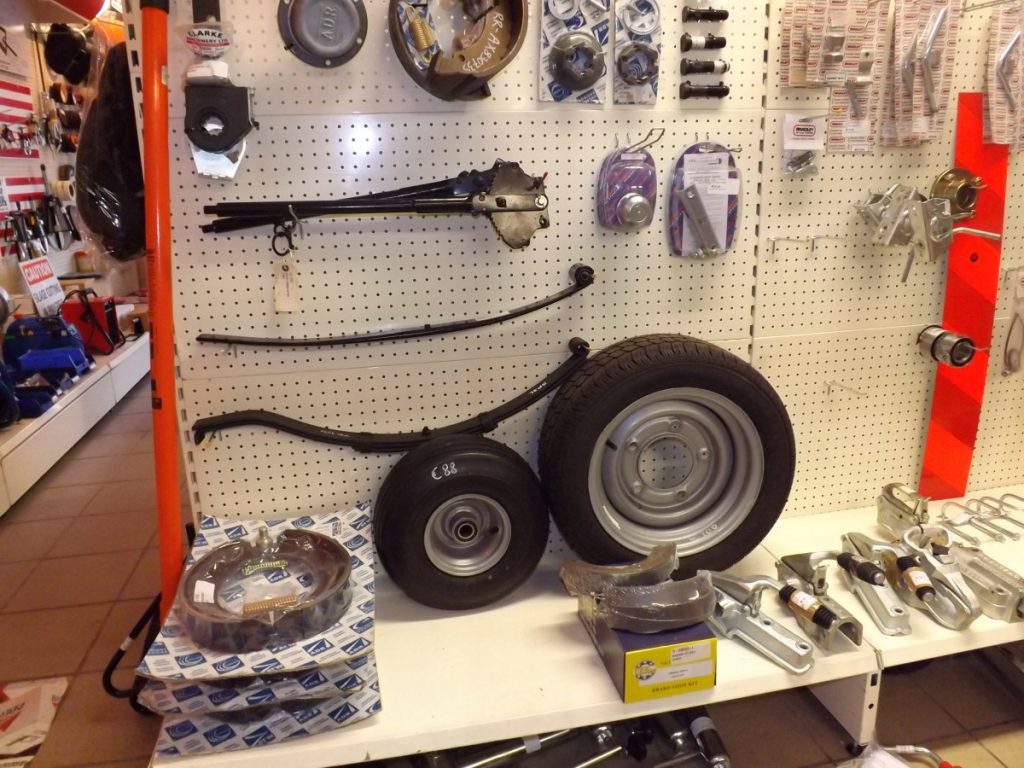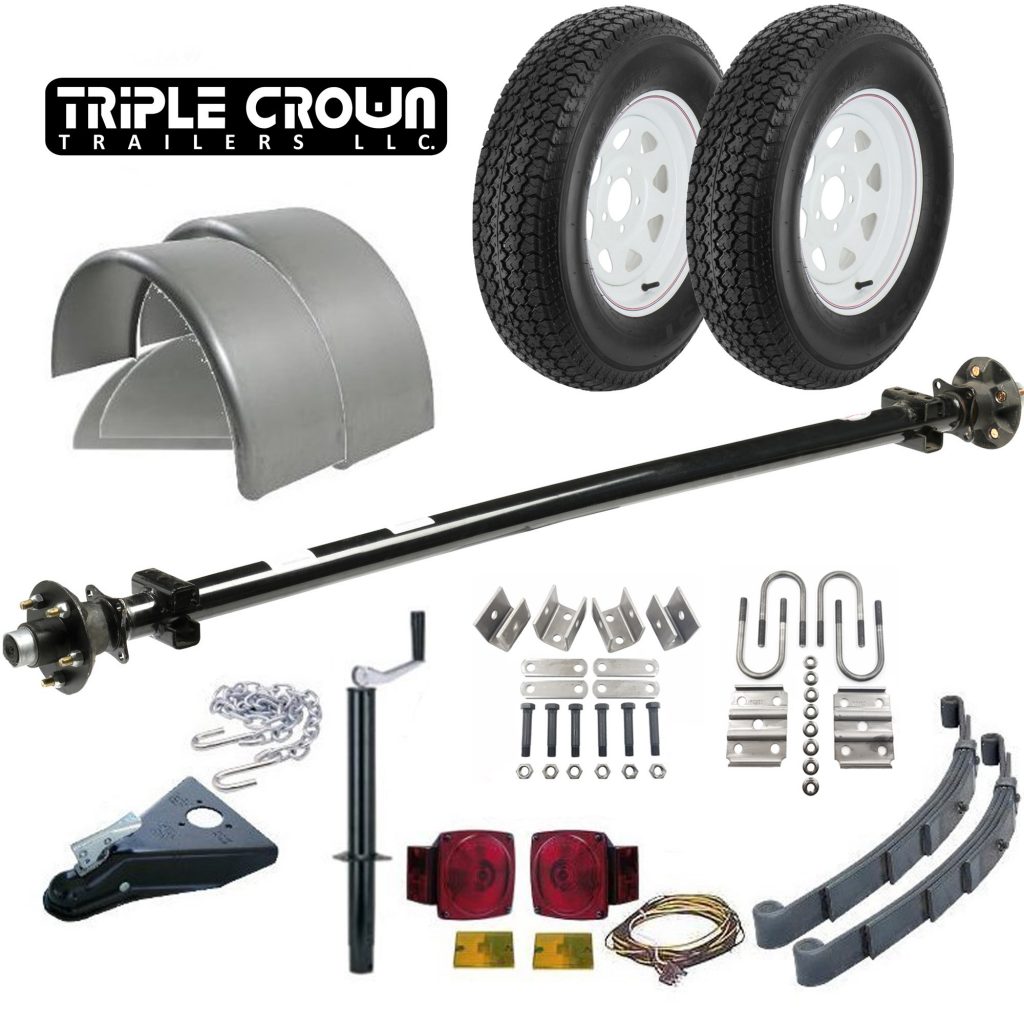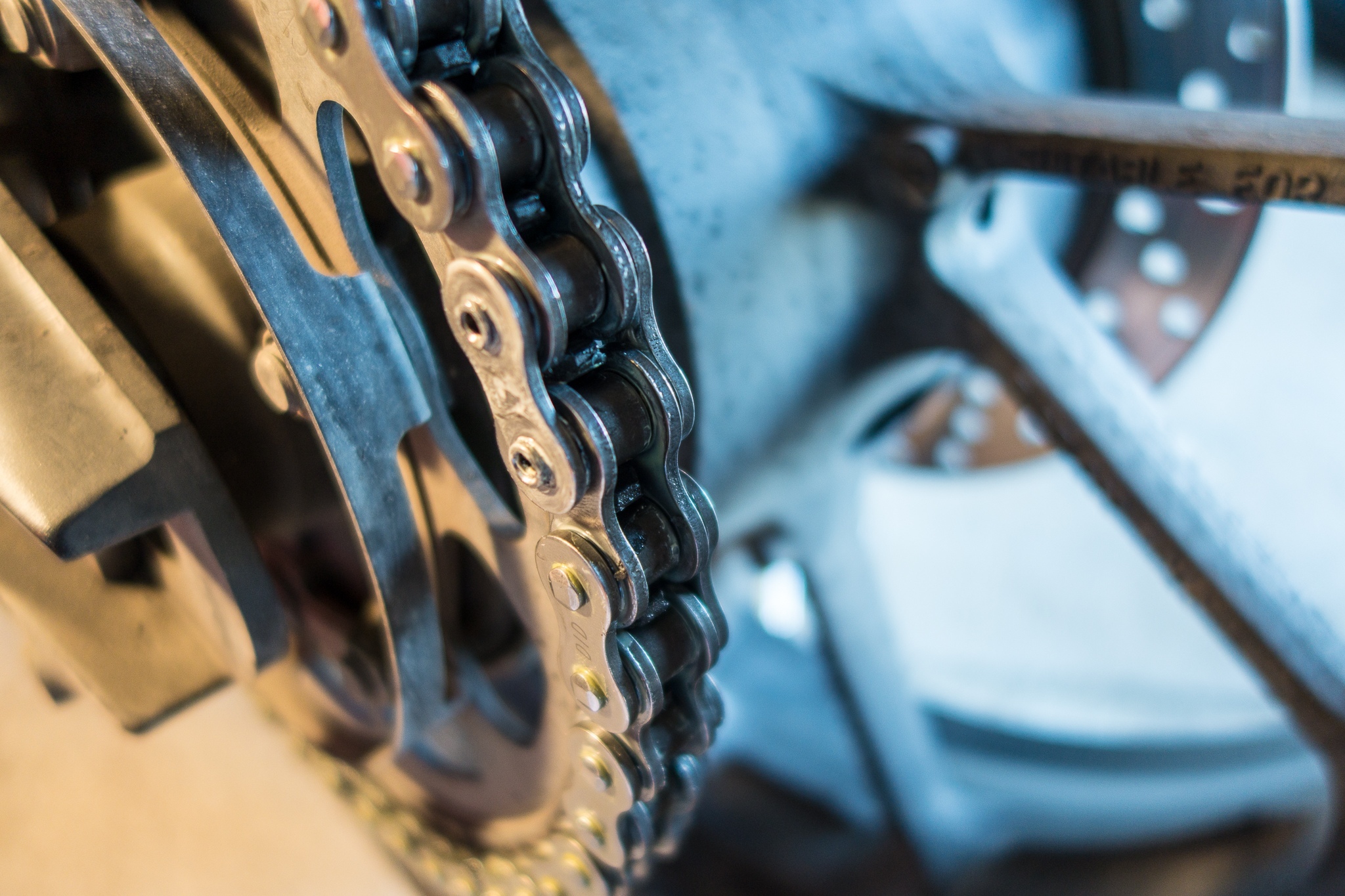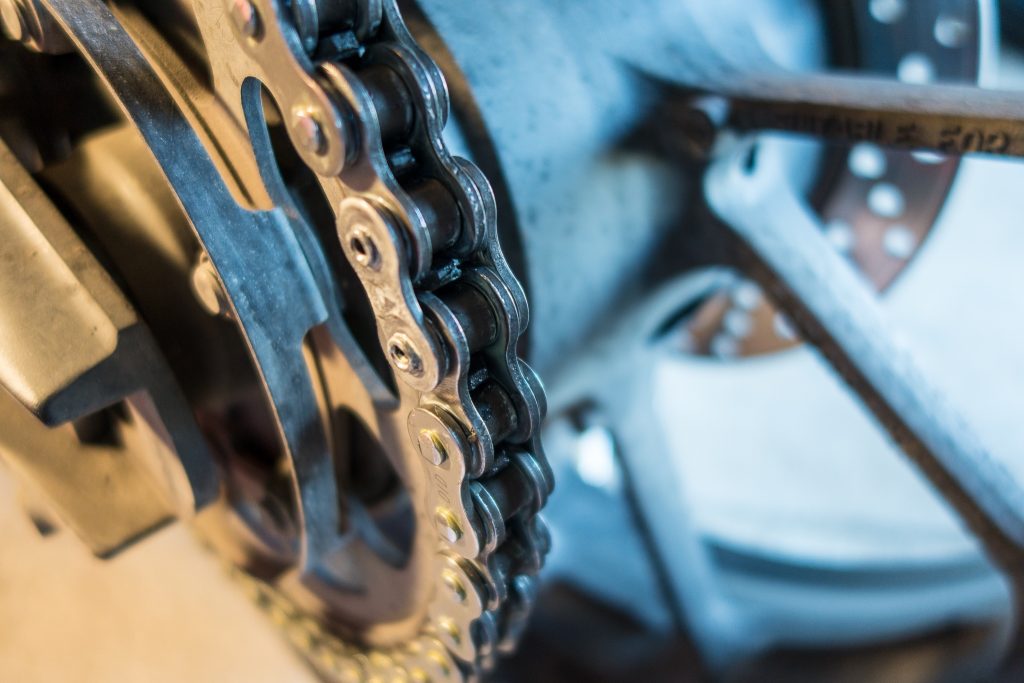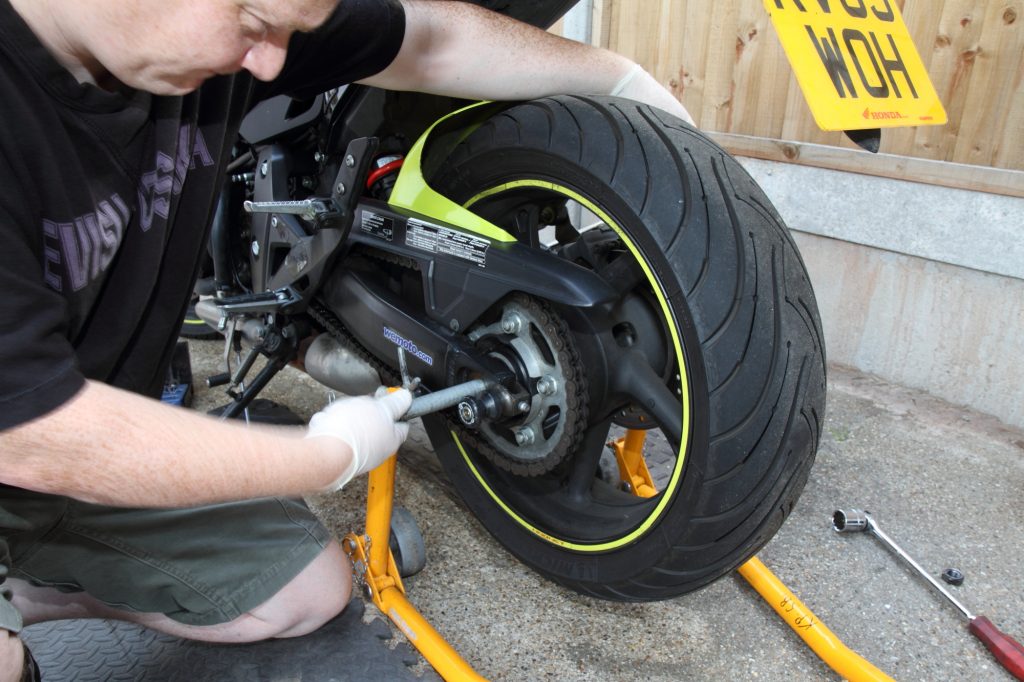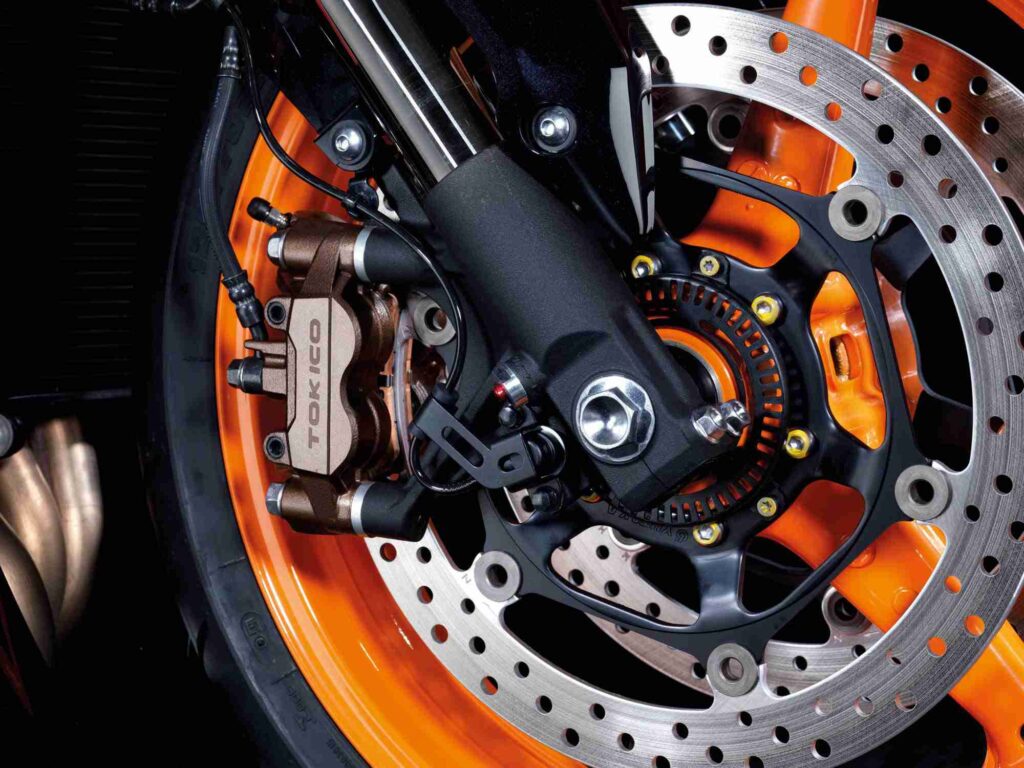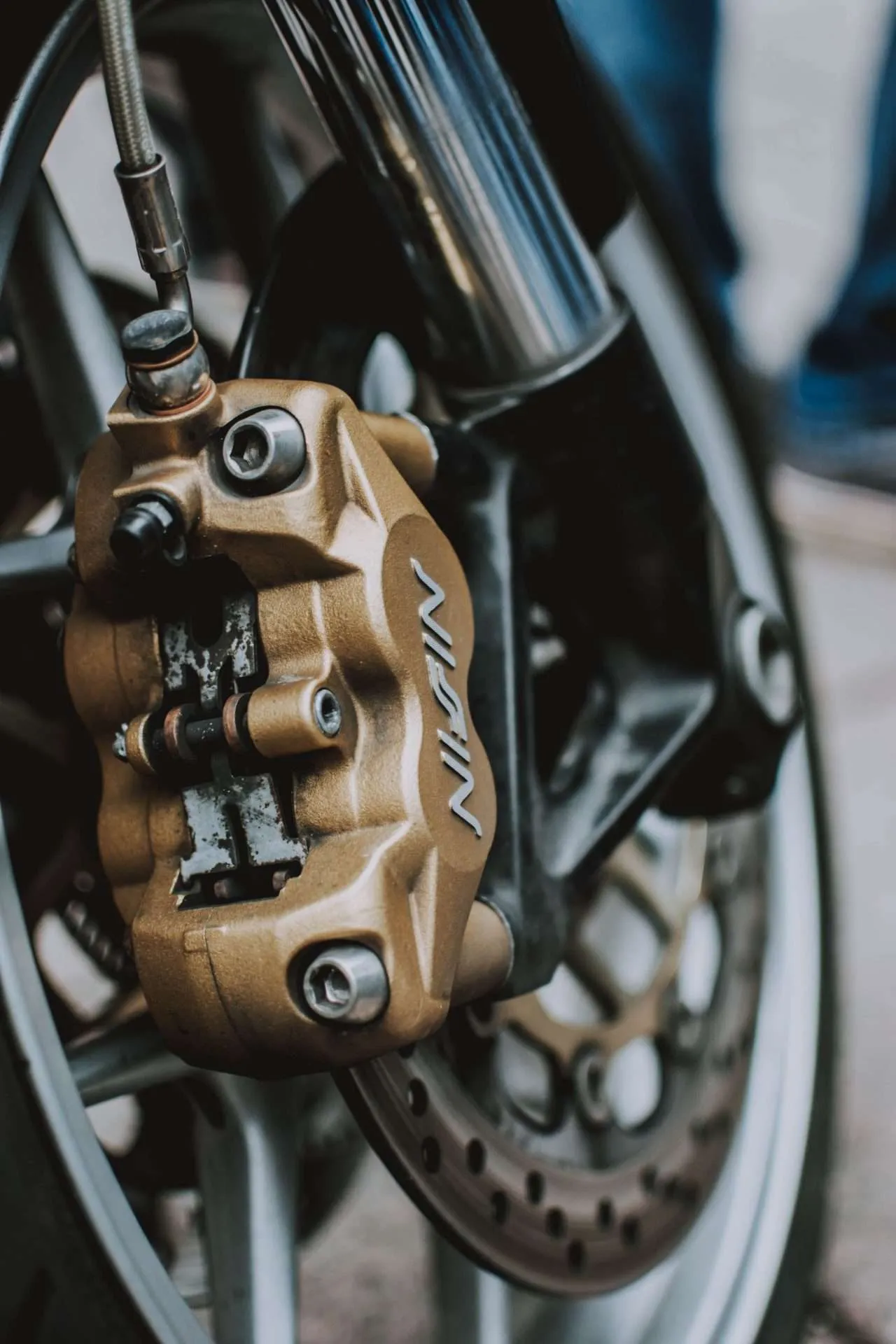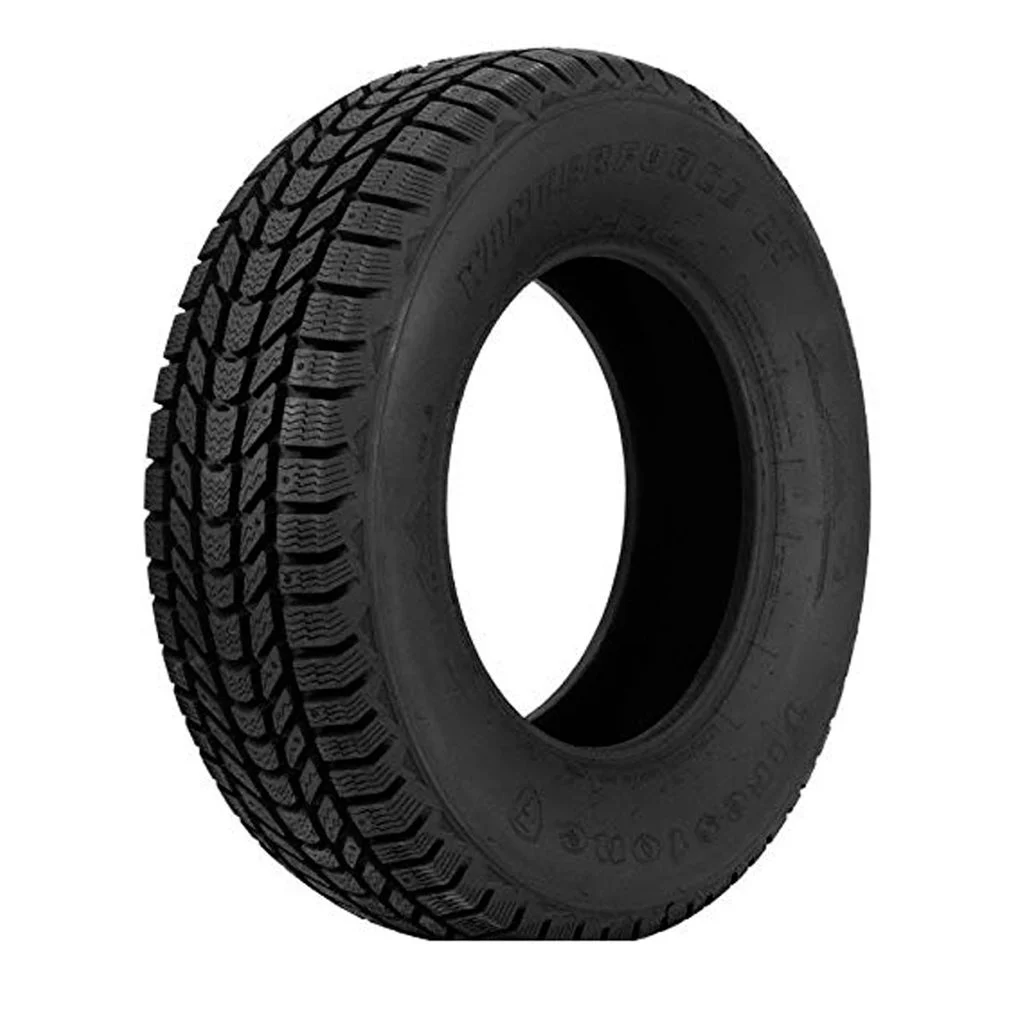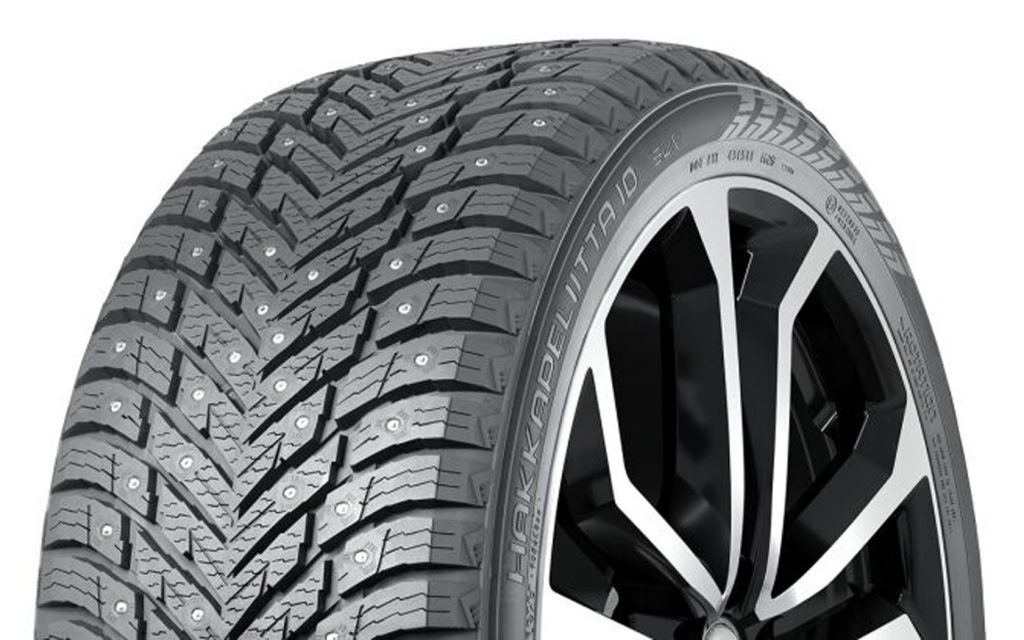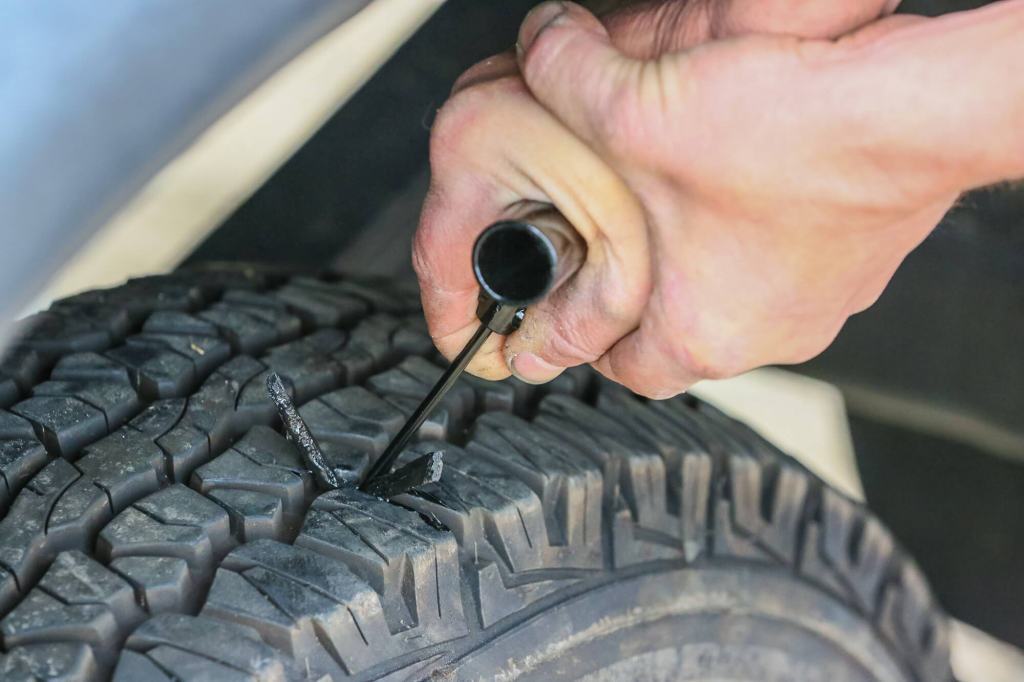Introduction
You’ve had a fantastic time on your boat with family and friends all summer, but now it’s time to wrap up the water adventures. If you’re aiming for a repeat of those great times next year and aiming to protect your engine during the cold winter months — minimizing early season startup problems — then keep reading. Note: This how-to guide features a 1999 Bayliner 2050ss Capri with an inboard motor, stored in Northwest Arkansas, a freshwater environment where winter temperatures rarely drop below -10°F. For colder climates, the process is similar, but should involve antifreeze that can withstand the typical winter temperatures there. Consider this a broad overview of the process. Every boat has its unique aspects, each climate demands specific measures, and freshwater and saltwater environments require distinct steps.

Tools Required
- Battery charger
- Cleaning rags
- Flashlight
- Flathead screwdriver
- Garden hose
- Motor flusher engine muffs
- Thin piece of wire
- Work gloves
- Wrench
Materials Required
- Antifreeze
- Boat cleaner (any multi-purpose cleaner will work)
- Fogging oil
- Fuel stabilizer
- Gasoline
- Marine grease
- Rags
1.Set Up Your Workspace
Select a suitable location for winterizing your boat, preferably a flat and spacious area such as a driveway, ensuring easy access to a hose for convenience during the process.
2.Locate the Drain Plugs
Before initiating the winterization process, locate the drain plugs on the boat. This step is crucial and ensures a smoother winterization. It’s advisable to locate the drain plugs before the engine is hot to ensure safety.Identify the exact location of the drain plugs using the owner’s manual or through online research.
3.Prep the Gas Tank
Prepare the gas tank for the winter by adding fuel stabilizer. This step helps prevent the gasoline from deteriorating during the winter months of inactivity, reducing potential issues during startup in the spring.Follow the instructions provided on the product label for the appropriate amount of stabilizer to use. For instance, we used 3.6 oz. of STA-BIL 360 Marine for our 34-gallon tank.Top up the tank with gasoline to minimize air exposure, which can lead to condensation. Condensation introduces moisture, something you want to avoid in your fuel when spring arrives.
4.Run the Boat
Operate the boat on dry land, following your standard procedure. Locate the water intake, usually situated on the stern drive. Place engine muffs over the water intake and connect a garden hose to run water into the inlet. This step helps prevent overheating. Start the engine and allow it to attain the operating temperature. If you’re unfamiliar with this process, refer to a helpful tutorial.Run the boat for the necessary duration until the gauges indicate reaching the normal operating temperature, typically around 15 minutes. This action opens the thermostat, enabling the circulation of antifreeze throughout the engine.
5.Fog the Engine
Although not universally practiced annually, fogging the engine is highly beneficial as it safeguards the cylinders and carburetor from corrosion. The process is straightforward.While the engine is still warm, apply fogging oil into the carburetor until the engine stops running. The oil effectively suffocates the engine while providing a protective coating of oil on the carburetor and cylinders.We utilized STA-BIL Fogging Oil, a product with a strong reputation. Numerous other brands offering similar products are available in the market.
6.Drain the Engine
Carefully remove each drain plug by hand, and it’s advisable to wear gloves for safety. Be cautious as the engine will be hot, resulting in hot water gushing out when you remove the plugs. Insert a thin wire into the drain hole to dislodge any accumulated debris. Replace the plugs, taking care not to over-tighten, especially since these are typically made of plastic and can break easily.
7.Check and Refill Oil (If Necessary)
Locate the dipstick and check the oil level. If the oil level is low, add oil until it reaches a level above the minimum and below the maximum marks indicated on the dipstick.
8.Drain Hoses and Add Antifreeze
Using a flathead screwdriver, loosen and remove the hose clamps on the thermostat housing, then drain out any remaining water. In boats like ours, which have four hoses (two for the exhaust manifold and two for the block), inspect the housing inlets and outlets for corrosion and apply grease to the metal connection points. Check the hoses for any signs of leakage. Pour antifreeze into each hose until it flows back out through the thermostat housing, ensuring proper winterization. If you reside in a colder climate with temperatures often dropping below zero, use an antifreeze suitable for those conditions. Finally, reinstall the hoses and tighten the hose clamps securely.
9.Clean the Boat Interior
Although it may seem trivial, this step is highly significant! You’ll appreciate having a clean and organized boat when you open it up next spring. Wipe down the interior using a boat cleaner or multi-purpose cleaner. Consider applying wax to your boat as well. Remove life jackets, water bottles, sunscreen bottles, etc., and store them elsewhere.
10.Remove the Battery
Leaving the battery unused in the cold for months can shorten its lifespan. Remove the nuts from each battery terminal; the specific tools may vary, but we used an 8-mm wrench. Label the positive and negative wires with a piece of tape and a Sharpie for easy reinstallation in the spring. Place the battery in a covered, ideally climate-controlled space, and connect it to a charger.
11.Winterize the Trailer
While there’s not much to winterize on the trailer, it’s still crucial. Moving a boat from a neglected trailer can be challenging and inconvenient. Fill up the boat’s fuel tank. A full tank adds extra weight on your tires and allows for a more accurate tire pressure gauge. Keep in mind that each gallon of fuel weighs approximately six pounds. Inflate the tires using an air compressor or at a gas station. Check the tire sidewall for specific pressure recommendations, and do not exceed the maximum pressure rating. Inspect the trailer and bearings for any signs of rust and corrosion. Address these issues now to ensure a smooth storage period for your boat and trailer during winter. Here are some suggestions for winter boat storage.


